- Home
- TV History
- Network Studios History
- Cameras
- Archives
- Viewseum
- About / Comments
Skip to content


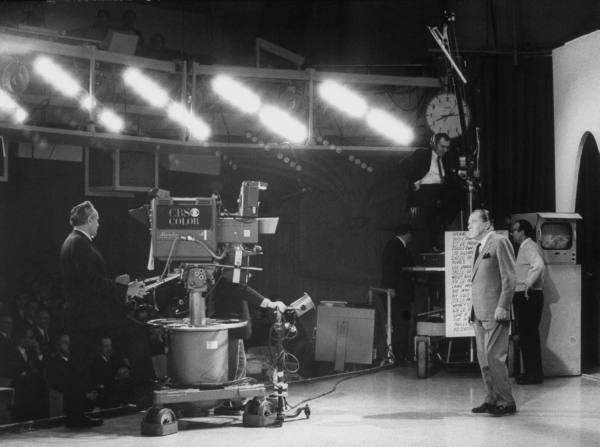

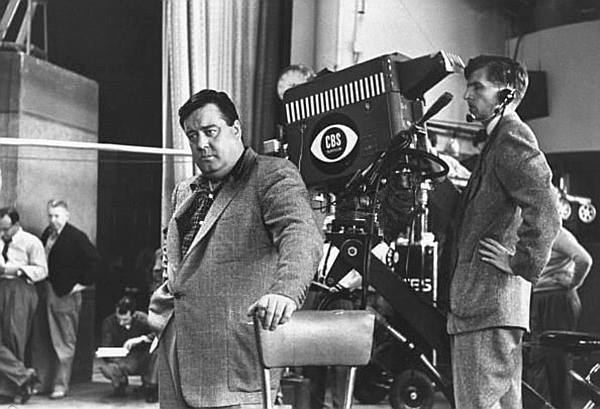

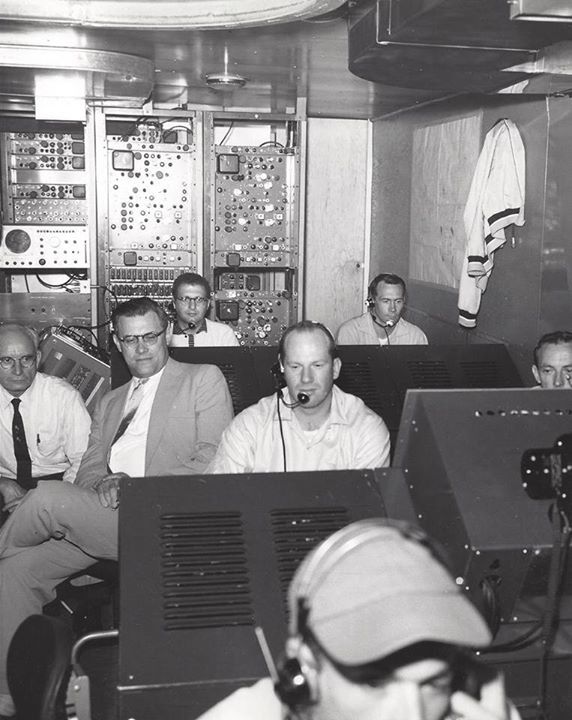





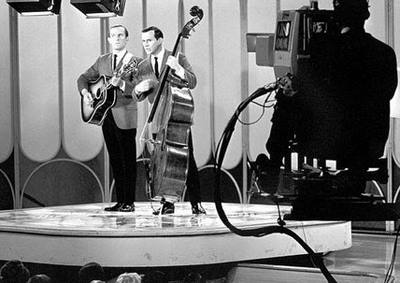

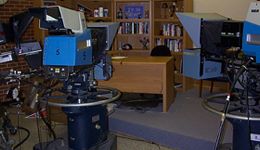

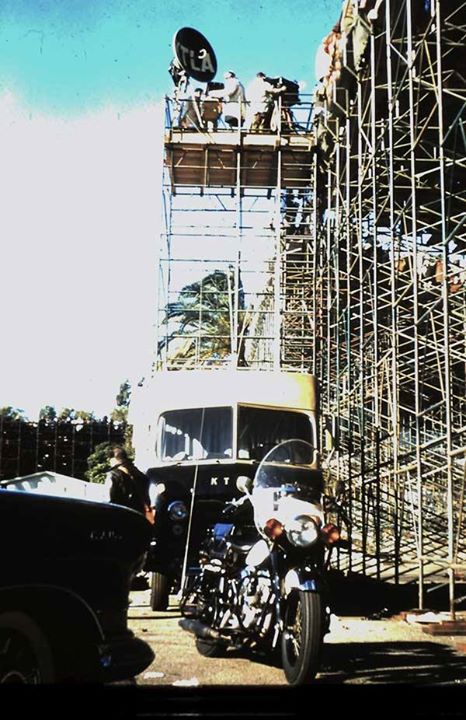

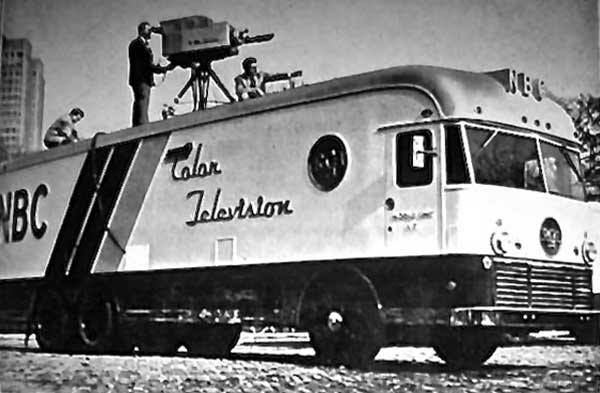





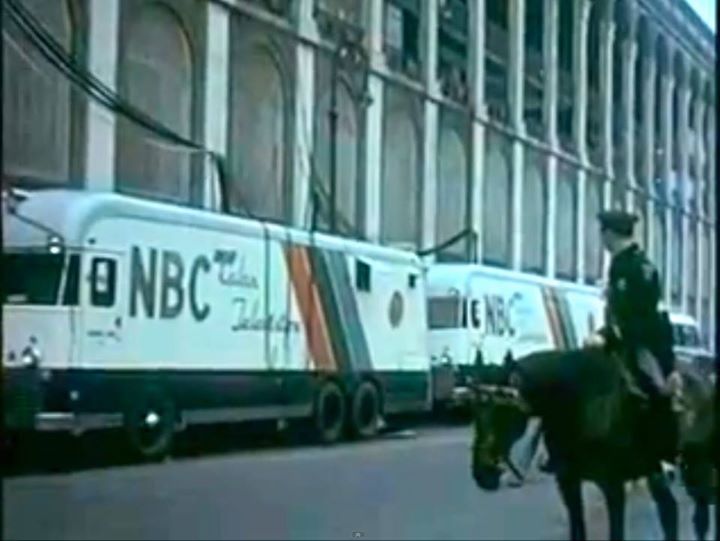

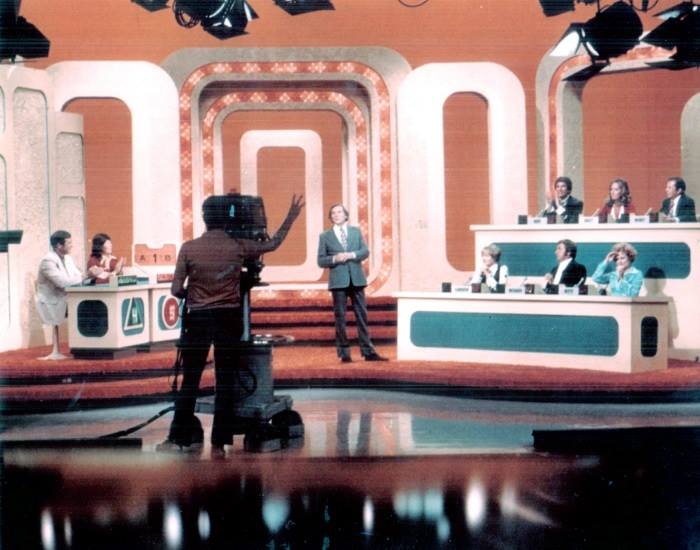

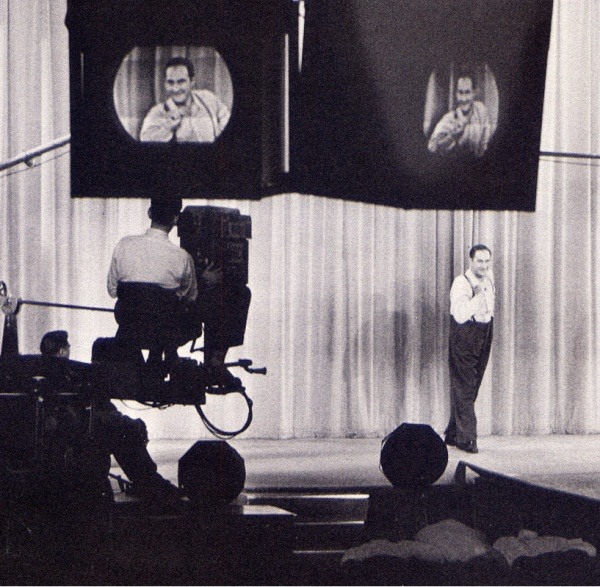



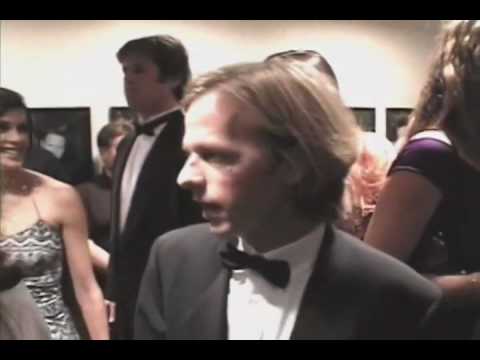

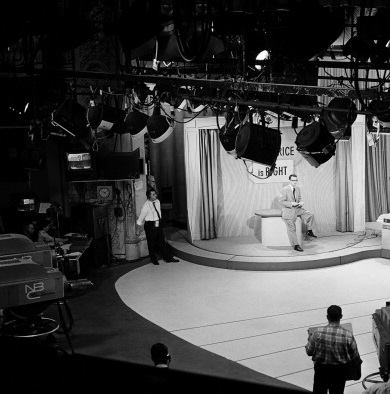

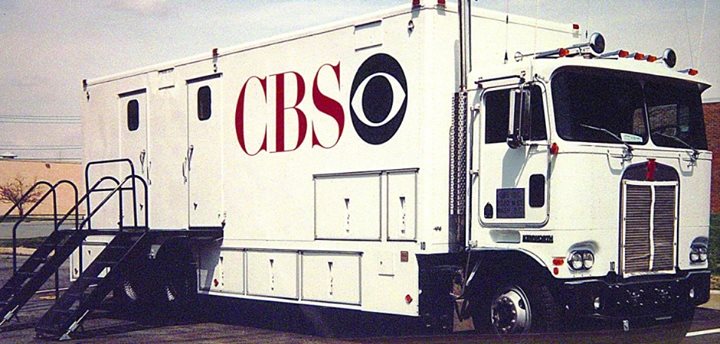



Posts in Category: TV History
Page 99 of 136
« Previous
1
2
3
4
5
6
7
8
9
10
11
12
13
14
15
16
17
18
19
20
21
22
23
24
25
26
27
28
29
30
31
32
33
34
35
36
37
38
39
40
41
42
43
44
45
46
47
48
49
50
51
52
53
54
55
56
57
58
59
60
61
62
63
64
65
66
67
68
69
70
71
72
73
74
75
76
77
78
79
80
81
82
83
84
85
86
87
88
89
90
91
92
93
94
95
96
97
98
99
100
101
102
103
104
105
106
107
108
109
110
111
112
113
114
115
116
117
118
119
120
121
122
123
124
125
126
127
128
129
130
131
132
133
134
135
136
Next » 
A Requiem for NBC Burbank
On January 6, 2014
- TV History
A Bitter-Sweet Remembrance…NBC Burbank
Our friend Richard Wirth has posted a new article on a place where he once worked. Here’s the latest on the demise of this once “proud as a peacock” property and an in depth look back at it’s place in broadcast history.
http://provideocoalition.com/pvcexclusive/story/the-demise-of-nbc-burbank
In 1982, I began what was to become one of the most favorite periods of my life. I was hired at NBC in Burbank, California. It wasn’t the most prestigious position nor was it the best job I would ever have. But it was the best place I would ever work.
“Sullivan’s Cameraman” George Moses
On January 5, 2014
- Archives, TV History
Like Red Skelton and others, Sullivan was enamored with the way he looked on television. In his early days, he would try different wardrobes, make up and hair dressings to see which ones made him look best (a tall job), but he found that somehow a cameraman on his Studio 50 crew named George Moses made him look best. From that point on, he was the only cameraman allowed to shoot the close ups and introductions Sullivan did. Moses was a permanent fixture on Camera 1 from the ‘Toast Of The Town’ days till the last show on March 28, 1971. I don’t know the whole story, but Moses was also involved with the first US/Europe satellite broadcast via Telstar and was shooting either Walter Cronkite or The Statue Of Liberty in NYC, or President Kennedy in Washington on July 23, 1963.
The Great Ones…Jackie Gleason And Pat McBride
On January 5, 2014
- Archives, TV History
It would be extremely interesting to hear the stories Dennis Patrick McBride could tell about his 40 plus years at CBS behind their cameras. This photo was taken in February of 1955 at a rehearsal of ‘The Jackie Gleason Show’ at CBS Studio 50, better known as The Ed Sullivan Theater. Pat worked on the Sullivan show as well as lots of CBS Sports broadcasts and became one of their top sports cameramen. In 1966, he was described in an article as CBS’s longest working cameraman. I think he joined CBS just after WW II and stayed on the job till sometime in the 80s. While shooting Barbara Streisand’s first television special on location in Boston with 3 of the new Marconi Mark VII color cameras, two of them went out and with Pat’s help and deep experience, he made the taping work and got shots no one thought you could get with only one camera. This decorated veteran of WW II and Emmy Award winning television pioneer passed in 2004.
Inside The First RCA Color Trailer
On January 4, 2014
- TV History
A Rarity…Inside The First RCA Color Semi Trailer
A few days ago we saw the first RCA Color trucks at their 1954 debut at the Rose Parade. Those were the large bus type vans, but I think the tractor-trailer version came along in late 59 or early 60. The photo on the left is the only one I can remember seeing that showed any part of the inside of these trucks. That photo is from August of 1960 at Fenway Park, courtesy of Maureen Carney. The photo on the right is from later that year and shows the truck in Mobile, Alabama at The Senior Bowl.
Carson’s Debut: ‘Tonight Show’, October 1, 1962
On January 4, 2014
- TV History
Carson’s Debut: ‘Tonight Show’, October 1, 1962
The “official” guests that night were Joan Crawford (seen here), Mel Brooks, Tony Bennett and Rudy Vallee. His “unofficial” guest was Groucho Marx who (as you can hear in the audio clip above) actually introduced Johnny for the first time…Ed introduced Carson for a second time that night with the now famous “Here’s Johnny” line. How is this possible? Here’s how. When Carson took over the show, it was 105 minutes long with two introductions. The main body of the show was 90 minutes from the 11:30 EST start, but since many local stations were still only doing a 15 minute news cast, an into was also done at 11:15 and this segment included the monologue. Starting with Paar, the show went to videotape on January 12, 1959 and it rolled at 11:15 with stations allowed to join at either the 15 or 30 minute marks till January 1967 when the show open moved to 11;30 at Carson’s insistence. He had been quite annoyed that most major market viewers were not seeing the monologue as they were running half hour news shows, so starting in February of 65, Ed McMahon and Skitch Henderson (the original band leader) did 15 minutes of banter till the official 90 minute format kicked in. I think Grouch had was the last fill in guest host before Johnny took over. Paar left in March of ’62 and there was a long list of guest hosts who filled the void for eight months.
The Production Core Of ‘The Andy Griffith Show’
On January 3, 2014
- TV History
The Production Core Of ‘The Andy Griffith Show’
On the left is director Bob Sweeney who directed the first three seasons of the show. On the right, producer Aaron Ruben who was with the show from the start, till 1966 when he left to produce the spin off, ‘Gomer Pyle, USMC’. The show was filmed at Desilu Studios, with exteriors filmed at Forty Acres in Culver City with sets that were right next to the 1939 ‘Gone With The Wind’ sets. Woodsy locales were filmed north of Beverly Hills at Franklin Canyon. If you ever wondered who the excellent whistler was on the show’s theme song (The Fishin’ Hole), it was Earle Hagen, who along with Herbert Spencer composed the melody, with lyrics written by Everett Sloane. Lyrics? Yes, there are words to the song and if you have never heard it, here’s Andy Griffith singing them…
http://www.youtube.com/watch?v=6PVUit1-0Ck
Smothers Brothers “Fun Facts”
On January 3, 2014
- TV History
Smothers Brothers “Fun Facts”
Some of you may have known that Tom and Dick Smothers helped in the writing of ‘The Smothers Brothers Comedy Hour’, but did you know there were two other brothers writing for the show too? One was “Super Dave Osborne” and the other was Albert Brooks…they were known to their mother as Bob and Albert Einstein. Other writers include Steve Martin, Rob Reiner, Pat Paulsen and how about this for a surprise…Don Novello who is better known as “Father Guido Sarducci”. The show’s most versatile writer had to be Mason Williams who also wrote and performed music, the best known of his efforts is the Grammy winning, “Classical Gas”. The show was done in Studio 33 at CBS Television City, but had the show not been canceled, Dick and Tommy had planned to move the show to San Francisco for the 69-70 season…flower power’s ground zero.
Last Of The Mahicans…Retired 2010
On January 2, 2014
- TV History
Last Of The Mahicans…Retired 2010
These are RCA TK47s, the last full size camera made by the company that had pioneered color television. It debuted in 1978 and was in wide use with over 500 in operation by 1982. In 2010, WHKY in Hickory NC finally retired their TK47s. Station owner Tom Long had about a dozen that came from NBC Burbank and with parts from some and a stash of Plumbicon tubes, he kept them making great pictures right up till their last day. These photos are from their last year in service.
Rose Parade-Same Day, Black & White And Later, Color Broadcasts on KTLA
On January 1, 2014
- TV History
January 1, 1960…Rose Parade in Black & White And Color, KTLA
In the late 50s and up to around 1962, KTLA did two local live broadcasts of each parade. The black and white edition came first with the cameras up near the head of the five mile parade route. The live color broadcast had their two RCA TK40s near the end of the route. On the left is a shot of the b/w coverage from the 1960 parade and on the left, a shot of their live color coverage of the same parade a few miles down the road. For more on this unusual event, go to this link and thanks to Early Television for the photos. http://www.earlytelevision.org/ktla_1960.html
1954 Rose Parade…First West To East Color Broadcast
On January 1, 2014
- Archives, TV History
January 1, 1954 marked several color television “firsts”…it was the first time the new NBC color trucks were used. It was the first west to east color broadcast to be nationally televised and of course, it was the first color broadcast of The Rose Parade. The two new color remote trucks were ready in December of ’53 and each truck had two RCA TK40s, which were borrowed from the Colonial Theater in NYC and were returned after the California trip. Within two weeks, 4 TK41s were installed. This is an NBC/RCA publicity photo but it is not known where this picture was taken.


America’s New Year’s Eve Broadcast History: The Lombardo Years
On December 31, 2013
- TV History
America’s New Year’s Eve Broadcast History: The Lombardo Years
Starting in 1927, Guy Lombardo And His Royal Canadians played New Year’s Eve shows on Chicago’s WBBM radio. In ’28, WBBM became one of the original CBS Radio Network stations and the executives in New York became aware of the very popular Chicago celebration and in 1929 brought Lombardo to New York for a New Year’s Eve network show that for some reason was shared with the NBC Radio Network, with CBS broadcasting the before midnight segment and NBC broadcasting the after midnight part of the show. Lombardo’s orchestra played at the “Roosevelt Grill” in the Roosevelt Hotel in New York City from 1929 to 1959, and their New Year’s Eve performances continued until 1978 at the Waldorf Astoria. Below is the earliest (1957) known video of the televised performances which started on CBS in December 31, 1956. The Lombardo special on CBS would include a live segment from Times Square (long the focal point of America’s New Year’s Eve celebrations) showcasing the arrival of the New Year. During the early years on CBS, pioneer broadcast journalist Robert Trout reported from Times Square; in later years, another longtime newsman, Ben Grauer, reported from Times Square, though Grauer worked for NBC. While CBS carried most of the Lombardo New Year’s specials, there were a few years in the late 1960s and early 1970s when the special was syndicated live to individual TV stations instead of being broadcast on a network. By the middle 1970’s, the Lombardo TV show was facing competition, especially for younger viewers, from Dick Clark’s New Year’s Rockin’ Eve, but Lombardo remained popular among viewers, especially older ones. Even after Lombardo’s death, the band’s New Year’s specials continued for two more years on CBS. The Royal Canadians were noted for playing the traditional song Auld Lang Syne as part of the celebrations. Their recording of the song still plays as the first song of the new year in Times Square.
http://www.youtube.com/watch?v=sPfrBxHgLmA
Here is an old kinescope from over 50 years ago!! For 100 years, the slow drop of a lighted glass ball on New Year’s Eve from atop One Times Square in New Yo…


America’s New Year’s Eve Broadcast History: The Dick Clark Years
On December 31, 2013
- TV History
America’s New Year’s Eve Broadcast History: The Dick Clark Years
December 31, 1972 was a strange time in the country…Vietnam, the Olympic disaster, Watergate, the works, however, there was still a calming familiar face. That night, NBC aired a special: ‘Three Dog Night’s Year’s Rockin’ Eve 1973’. It was hosted by members of the famous band, but it was produced by Dick Clark. It was so successful among the targeted young viewers that another special, New Year’s Rockin’ Eve 1974, was made and hosted by George Carlin and featured several popular musical performances. For 1975, the show moved to ABC, and Dick Clark took the reins as host. By 1977, Dick Clark’s New Year’s Rockin’ Eve became the annual television tradition. He would go on to host the show for forty-three straight years. The only exception during that run: ‘ABC 2000′, where the network aired celebrations heralding the new millennium around the world. While there was no “official” New Year’s Rockin’ Eve’ show that year, Dick was still there in his famous spot at Times Square, counting down like always inside the ABC special. The beginning of the end of the era came on December 6, 2004. It was on that day when news broke that he has been hospitalized after suffering from a minor stroke. While he said that he would still be good to go, eight days later on December 14, the official announcement came that Regis Philbin would fill in for NYRE 2005. While he wasn’t there in person, he was there in spirit with signs from fans and celebrity messages throughout the night. Clark returned in 2006, but he would no longer be solo. ‘American Idol’ and Top 40 host Ryan Seacrest became his new co-host and started his tenure joining Clark in his first television experience since the stroke. Ratings were there to welcome him, as the show drew in over 20 million viewers.
http://www.youtube.com/watch?v=InnKqhbYmds
For the entire interview, visit http://www.emmytvlegends.org/interviews/people/dick-clark Dick Clark was interviewed in 1999 for the Archive of American Tele…
September 17, 1955…First College Football Colorcast
On December 30, 2013
- Archives, TV History
The first NBC color coverage of a college football game was in Atlanta when Georgia Tech Yellowjackets played the Miami Hurricanes, September 17, 1955 at Grant Field. Not long after that, NBC went to Ann Arbor’s “Big House” for a Wolverine game. In the great video below showcasing RCA color and the first commercially available color camera, the RCA TK41, there is about 30 seconds of the Michigan game at the end of the clip.
In that there weren’t many color sets till the mid 60s, why did they do all this color production? For two reasons…first, every color event taught both RCA and NBC how to do better color work and constant upgrading and modifications were being made to enhance the image on black and white sets. Second, the more color shows offered, the better chance to interest customers in a new RCA color set.
Below is a 4 minute clip showing the great RCA TK41s in service, including the football remote.
‘The Match Game’: A Fred Westbrook Photo
On December 30, 2013
- TV History
‘The Match Game’: A Fred Westbrook Photo
Below is a shot of ‘Match Game 74’ from CBS Television City Studio 33. The show started on NBC on December 5, 1962 and ran there till September of ’69. At NBC, the show originated from Studio 8H and was always a color show. In the early 70’s Fred Silverman at CBS began dumping the “rural” shows like ‘Green Acres’, ‘Andy Griffith’ and ‘The Beverly Hillbillies’ and started adding game shows in prime time starting with ‘The Price Is Right’ in 1972. The next year, Silverman added another Goodson-Todman show which was ‘Match Game 73’ with it’s original host and announcer, Gene Rayburn and Johnny Olson. Did you know that Gene Rayburn was an NBC page in 1936? On January 5, 1967 (while still at NBC NY) Johnny Carson made a surprise appearance on the show…he came to heckle Ed McMahon who was a guest panelist for a week. True or false…this show also aired on ABC.
‘Your Show Of Shows’ & The International Theater
On December 29, 2013
- TV History
‘Your Show Of Shows’ & The International Theater
Located at 5 Columbus Circle in NYC, The International Theater was home to NBC’s ‘Admiral Broadway Review’ in 1949 and to ‘Your Show Of Shows’ from 1950 – 1954. As mentioned in the post below, one of the first Sanner cranes was delivered here in 1950 and you can see it on the left. In the first ever LA-NY Academy Awards broadcast, the International was the NY host venue and The Pantages in LA was the other venue.
December 1950…The Debut Of The Sanner Crane
On December 29, 2013
- Archives, TV History
Thanks to Maureen Carney, we have an article that introduces and dates the Sanner Studio Crane. The innovation started in 1948 when former Warner Brothers employee Sidney Sanner got behind an NBC camera for two years to learn the needs of the operator. NBC bought the first four with one going to Chicago, one to Studio 8H, one to The Center Theater and one to The International Theater. CBS bought some too, and they were fine for black and white cameras, but when the TK40s came along a few years later, the Houston Fearless 30B Studio Crane took over. The Sanner in in the middle and the 30B on the right. The article is very rich in detail.


Famous Faces By The Ton…SNL 25th Anniversary Backstage
On December 27, 2013
- TV History
Famous Faces By The Ton…SNL 25th Anniversary Backstage
September 25, 1999 was the air date for this show. This is the pre show gathering in the hall outside 8H and is great recall practice for those of us like me that have CRS…better known as Can’t Remember S**t.
http://www.youtube.com/watch?v=dJklopreiAQ
A fly-on-the wall look backstage at 30 Rock’s studio 8H hallway on the night of the SNL 25th anniversary show. Mine was the only camera to catch all the star…
‘The Price Is Right’: NBC’s Colonial Theater, January 1, 1962
On December 27, 2013
- TV History
‘The Price Is Right’: NBC’s Colonial Theater, January 1, 1962
By chance, both the photo and video (above) are from the same day. Although ‘The Price Is Right’ became Goodson-Todman’s first regularly aired game show to be broadcast in color on September 23, 1957, no color kinescopes or videotapes are known to exist.
As Bill Cullen says in the clip, the show was done live, but it was also videotaped for playback in the western time zones. The tape and playback was probably handled from Burbank, but I think the kinescope was done in NYC. Most likely there were some color videotape shows held back for a few months for emergency reruns, but all of the time delay tapes were eventually reused. By the way, I think the clip linked here is a night time version.
When Networks Owned Their Own Remote Fleets
On December 27, 2013
- TV History
When Networks Owned Their Own Remote Fleets
Above is a good video of the inner workings and equipment in one of the first CBS Color Mobile Units equipped with Norelco cameras. I’m not sure when the last network owned units were sold, but I think by the late 80s, ABC, CBS and NBC were pretty much all out of the business of owning trucks and were leasing them. Labor costs was one of the major reasons they got out of the mobile business and companies like NEC and ESPN began to really take off.
Time To ‘Cowboy’ Up…Remember These Greats?
On December 27, 2013
- TV History
Time To ‘Cowboy’ Up…Remember These Greats?
Left to right, Clint Walker ‘Cheyenne’, James Arnes ‘Gunsmoke’, Richard Boone ‘Have Gun Will Travel’, Robert Horton ‘Wagon Train’, James Garner ‘Maverick’ and John Payne ‘Restless Gun’.
Page 99 of 136
« Previous
1
2
3
4
5
6
7
8
9
10
11
12
13
14
15
16
17
18
19
20
21
22
23
24
25
26
27
28
29
30
31
32
33
34
35
36
37
38
39
40
41
42
43
44
45
46
47
48
49
50
51
52
53
54
55
56
57
58
59
60
61
62
63
64
65
66
67
68
69
70
71
72
73
74
75
76
77
78
79
80
81
82
83
84
85
86
87
88
89
90
91
92
93
94
95
96
97
98
99
100
101
102
103
104
105
106
107
108
109
110
111
112
113
114
115
116
117
118
119
120
121
122
123
124
125
126
127
128
129
130
131
132
133
134
135
136
Next »